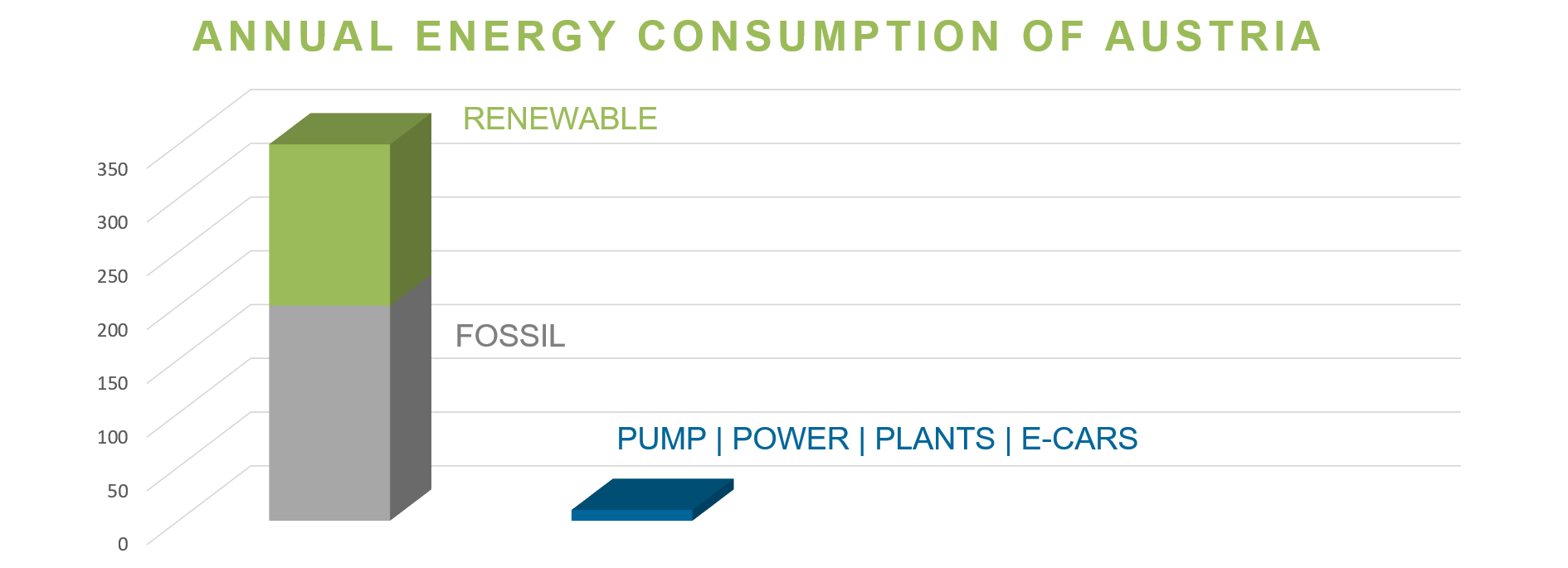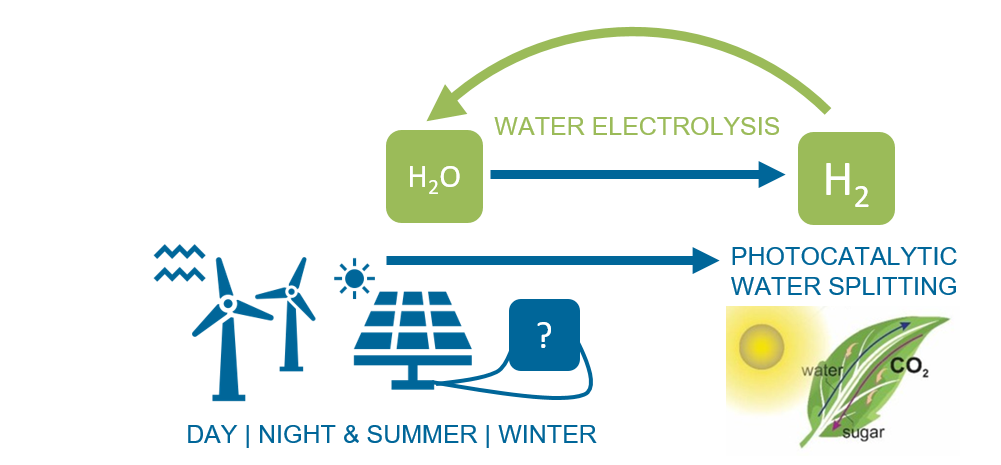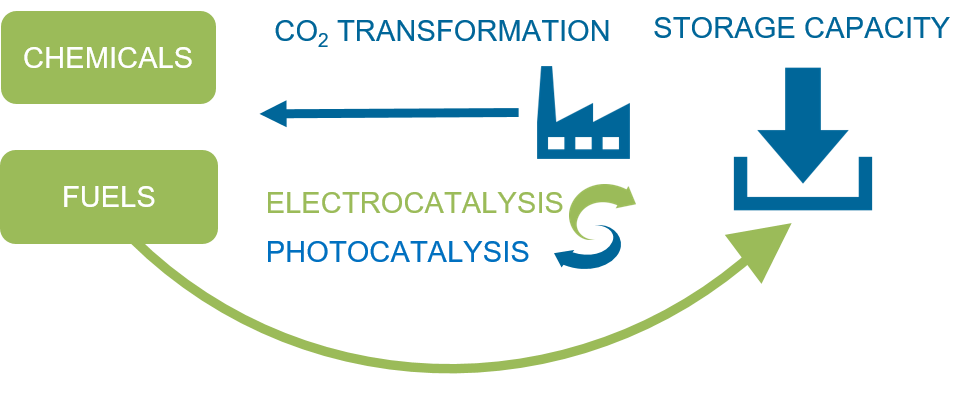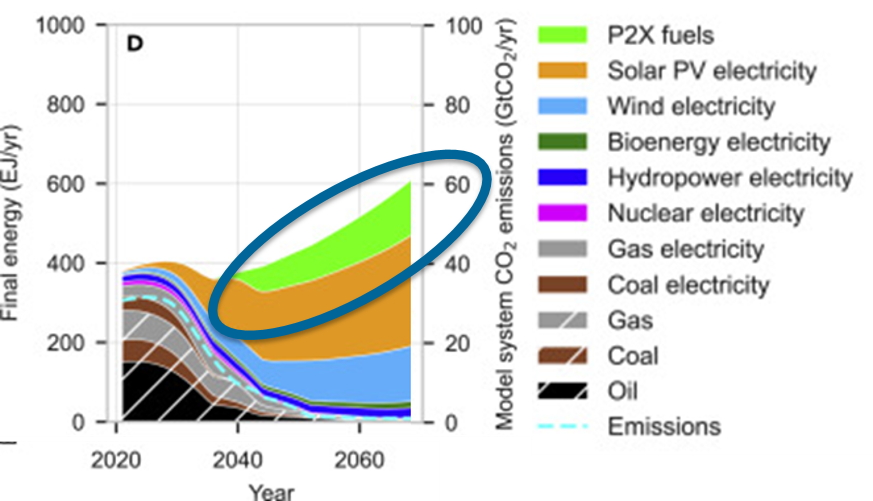MECS – Cluster of Excellence
Über den Arbeitgeber
Cluster of Excellence - Materials for Energy Conversion and Storage (MECS)
There are diverse strategies to avoid CO₂ emissions in the future. For example, renewable energy can be stored by splitting water into hydrogen and oxygen. Furthermore, CO₂ can also be converted into other substances - for instance, alcohols or e-fuels.
In the Excellence Cluster "Materials for Energy Conversion and Storage (MECS)," a diverse team of chemists and physicists explores two innovative pathways for energy conversion: electrocatalysis and photocatalysis. Electrocatalysis utilizes electricity from wind turbines and photovoltaics to electrochemically convert water and CO₂ into hydrogen, synthetic fuels, and fine chemicals. On the other hand, photocatalysis directly employs sunlight for chemical transformations.
To develop tailor-made catalysts, it is necessary first to understand which chemical and physical processes occur at the atomic scale on surfaces and interfaces. We employ both state-of-the-art experimental and theoretical methods to address these complex questions. As a result, the Excellence Cluster brings together numerous research teams from chemistry and physics and their multidisciplinary expertise. Partners of TU Wien in the Excellence Cluster include the University of Vienna, the University of Innsbruck, and ISTA.
"Clusters of Excellence" are by far the most highly endowed collaborative research efforts in Austria, allowing the Austrian Science Fund FWF to support key international top-level scientific projects involving at least three research institutions.
MATERIALS FOR ENERGY CONVERSION AND STORAGE
About the Project
THE ENERGY CRISIS: HIGH NOON!
- Energy demand is growing worldwide global warming and climate change.
Paradigm shift: replace fossil fuels by renewable resources.

- Challenge: we have to store huge amounts of renewable energy, which can only be done in chemical bonds. Thus, we need reversible carriers for renewable energy.
- Electro- and photocatalysis for the generation of green H₂, chemicals, and fuels.


THE HARSH REALITY
- Rare expensive metals, low efficiency, not stable, or even toxic
- Despite decades of academic and industrial research: insufficient fundamental, atomistic, and mechanistic understanding

